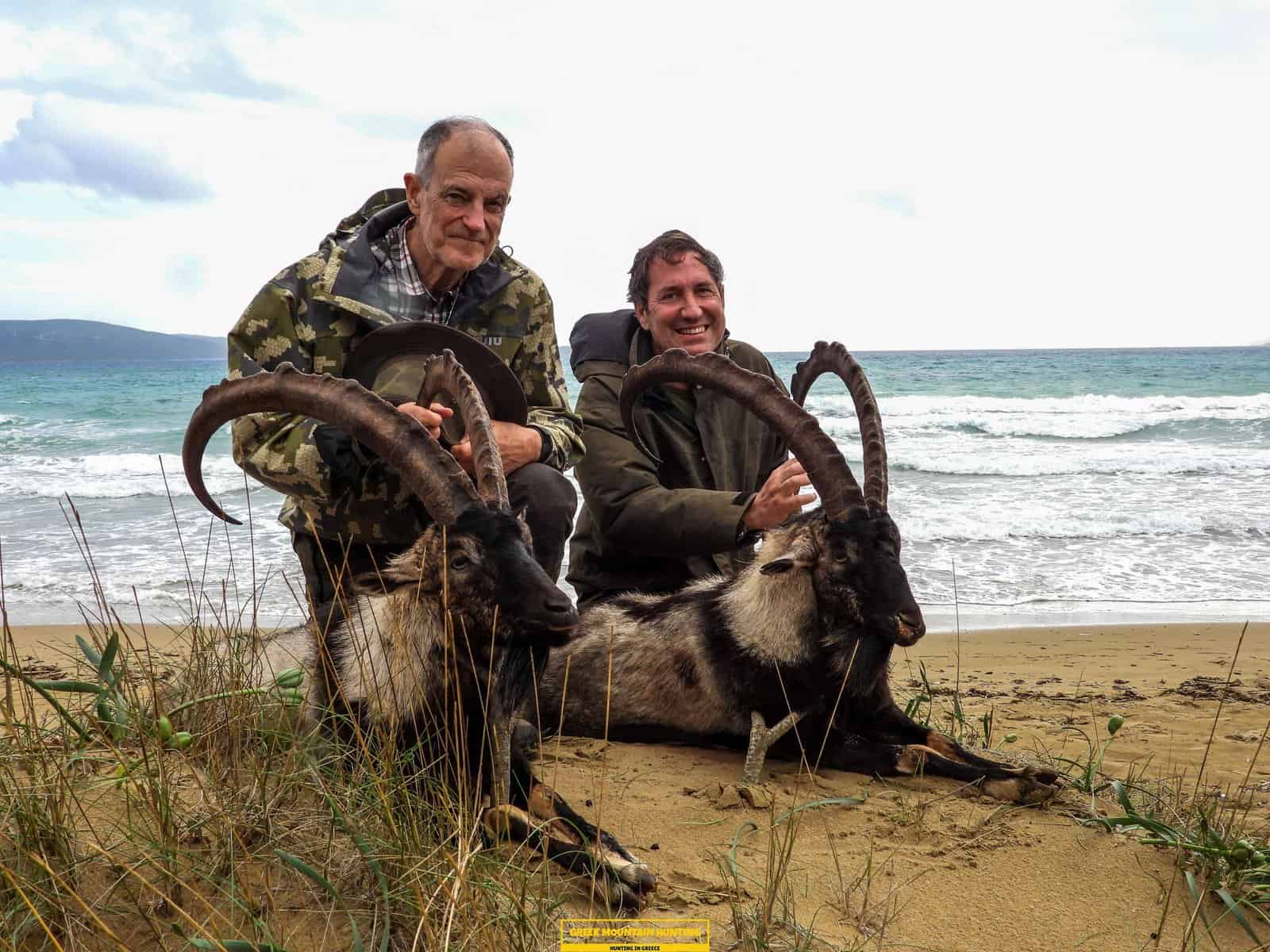The best outdoor experience on Sapientza island. Kri Kri ibex searching in Greece!
The best outdoor experience on Sapientza island. Kri Kri ibex searching in Greece!
Blog Article

Searching for Kri Kri ibex in Greece is an amazing hunting exploration and superb getaway done in one. Ibex searching is typically a rough experience, but not in this instance! Dive to shipwrecks and spearfishing in ancient Greece, or appreciate ibex hunting in an exotic area are just a few of things you might do during a week long ibex searching trip in Greece. Can you think of anything else?

This Ibex is not a little Capra aegagrus bezoar ibex, which has actually migrated to the western extremity of this species' array. The kri-kri (Capra aegagrus cretica), also referred to as the Cretan goat, Agrimi, or Cretan ibex, is a feral goat living in the Eastern Mediterranean. The kri-kri has a light brown layer with a darker neck collar. 2 sweeping horns project from the head. During the day, they hide to stay clear of visitors. In nature, the kri-kri can leap or climb relatively large high cliffs.
What to Expect on a Peloponnese Tour? When you reserve one of our hunting and also exploring Peloponnese Tours from Methoni, you can anticipate to be surprised by the natural charm of the area. From the beautiful coastlines to the mountains as well as woodlands, there is something for everybody to appreciate in the Peloponnese. On top of that, you will have the opportunity to taste some of the most effective food that Greece has to offer. Greek food is renowned for being fresh as well as tasty, as well as you will definitely not be let down. One of the most effective components concerning our excursions is that they are developed to be both enjoyable and also academic. You will certainly discover Greek background and also culture while likewise reaching experience it firsthand. This is an impressive chance to submerse on your own in everything that Greece has to use.
There is really something for everybody in the Peloponnese peninsula. Whether you have an interest in background as well as society or nature and also exterior tasks, this is an excellent location for your following holiday. If you are short in a timely manner, our searching and visiting Peloponnese Tours from Methoni is a great means to see every little thing this awesome area has to offer.And last but not least, your Kri Kri ibex prize is awaiting you.
What is the diference between Kri Kri ibex, Bezoar ibex and hybrid ibex
The kri-kri is not thought to be indigenous to Crete, most likely having been imported to the island during the time of the Minoan civilization. Nevertheless, it is found nowhere else and is therefore endemic to Crete. It was common throughout the Aegean but the peaks of the 8,000 ft (2,400 m) White Mountains of Western Crete are their last strongholds–particularly a series of almost vertical 3,000 ft (900 m) cliffs called ‘the Untrodden’—at the head of the Samaria Gorge. This mountain range, which hosts another 14 endemic animal species, is protected as a UNESCO Biosphere Reserve. In total, their range extends to the White Mountains, the Samaria National Forest and the islets of Dia, Thodorou, and Agii Pandes.
This Ibex is NOT a diminutive form of the Bezoar Ibex, which has migrated into the western-most reach of the range of this species. The kri – kri (Capra aegagrus cretica), sometimes called the Cretan goat, Agrimi, or Cretan Ibex, is a feral goat inhabiting the Eastern Mediterranean, previously considered a subspecies of wild goat. The kri-kri has a light brownish coat with a darker band around its neck. It has two horns that sweep back from the head. In the wild they are shy and avoid tourists, resting during the day. The animal can leap some distance or climb seemingly sheer cliffs.
“The agrimi goat Capra aegagrus cretica is unique to Crete and its offshore islands. It has been identi®ed as a sub-species of the wild bezoar goat Capra aegagrus aegagrus Erxleben, 1777, which it closely resembles in horn shape, body form and coloration. This classi®cation has been disputed by some researchers who claim that the agrimi are feral goats, derived from early domestic stock brought to the island by the ®rst Neolithic settlers. In order to clarify this issue, DNA analyses (cytochrome b and D loop sequences) were carried out on tissue of live and skeletonized agrimi and compared to sequences of wild and domestic caprines. Results conclusively show the agrimi to be a feral animal, that clades with domestic goats (Capra hircus) rather than with wild Asiatic bezoar. This study demonstrates that morphometric criteria do not necessarily re¯ect genetic af®nities, and that the taxonomic classi®cation of agrimi should be revised.”
Report this page